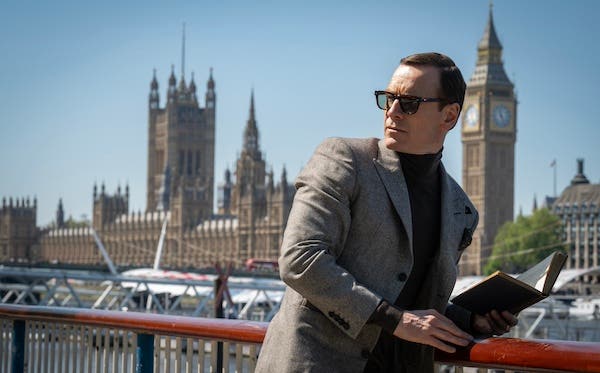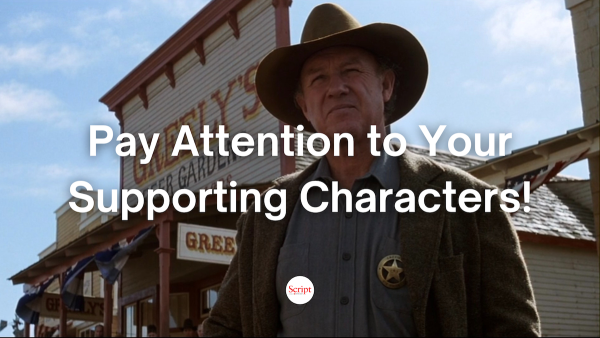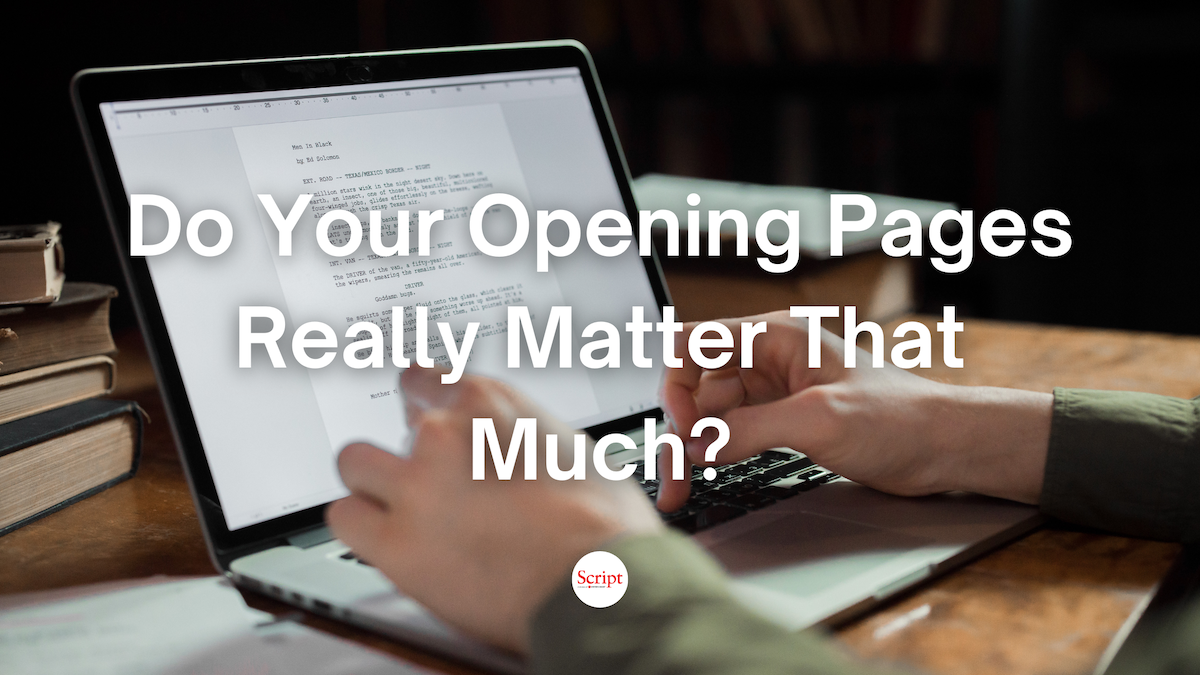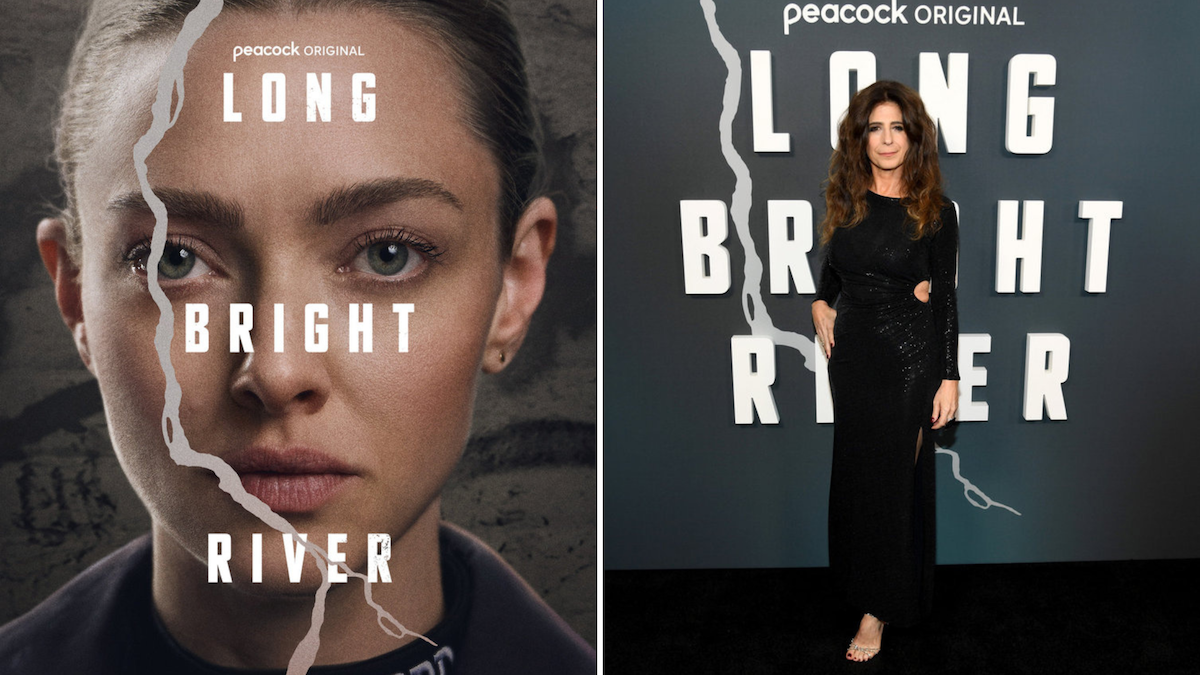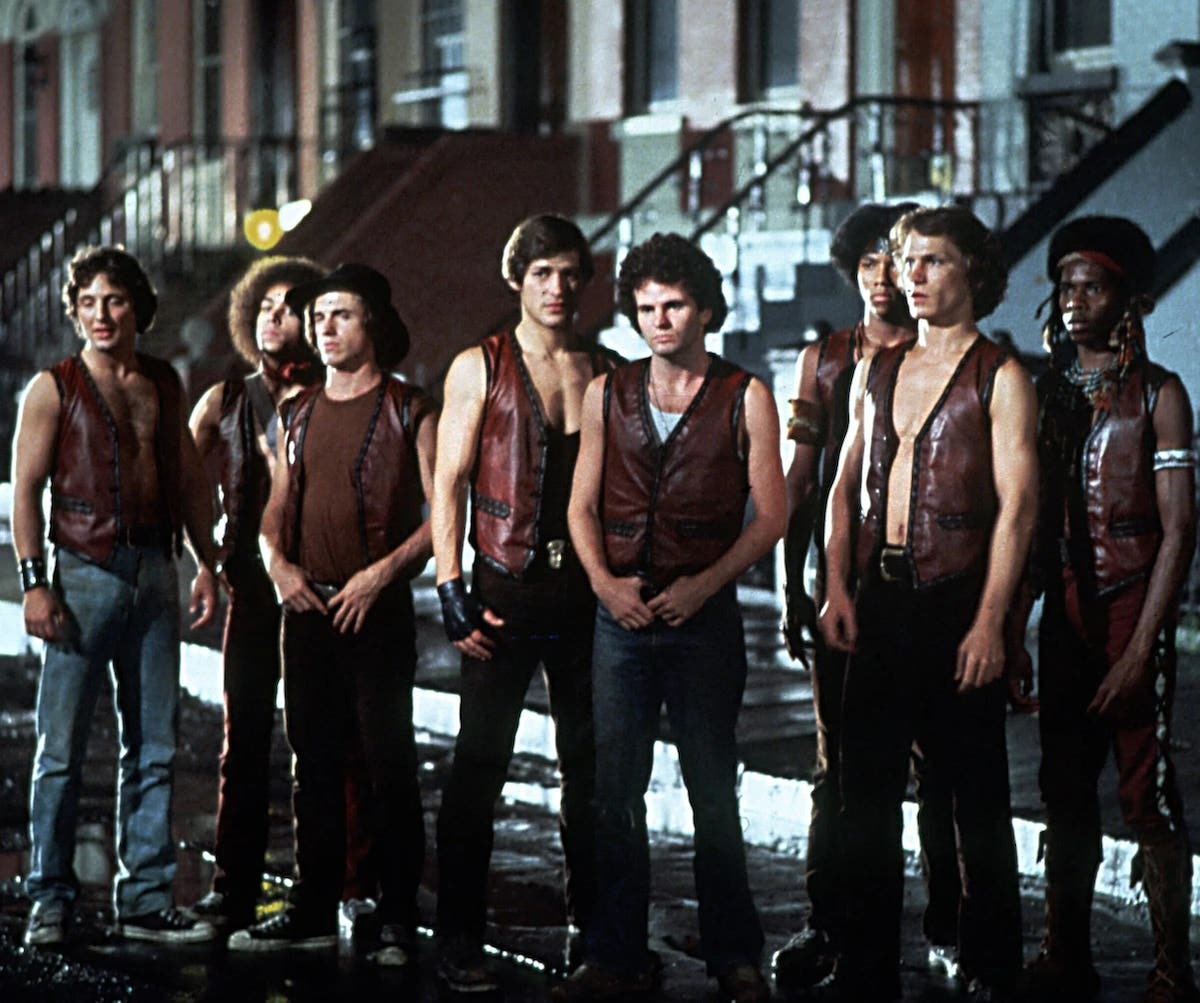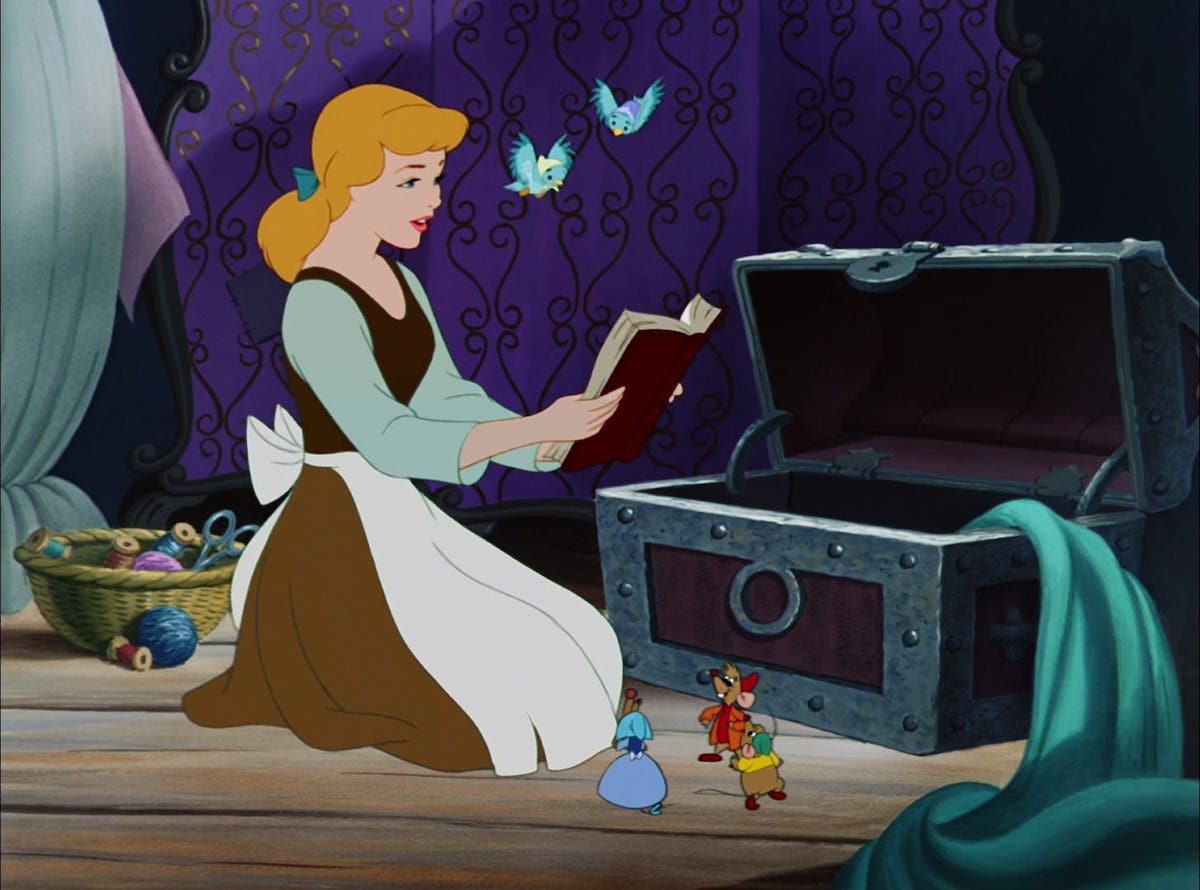COLUMN D: Setup and Payoff – Writing Foreshadowing in Your Script
Drew Yanno explains one of the most effective tools in the screenwriter’s toolbox — creating a setup and payoff in your screenplay.
Drew Yanno is a screenwriter, author, script consultant and teacher. Follow Drew on Twitter @drewyanno.
I want to talk to you today about one of the most effective tools in the screenwriter's toolbox. Though there are a couple of different terms used to describe it, I prefer this one: setup and payoff.
From the name alone, you probably know what I'm talking about. Even the average movie-goer would have no difficulty figuring out what it refers to. That's because every script/film contains setup and payoff, and when it's done well, it adds immeasurably to the reader/viewer's appreciation of the story.
First of all, let's attempt to define it, or at least break it down to its essential elements. Setup and payoff is form of foreshadowing, whereby a line of dialogue, an action, a gesture or prop is planted early in the story only to have its true significance revealed later on.
Perhaps the best way to demonstrate what I'm referring to is to give some examples.
One of the most memorable scenes in the film Rocky is when Rocky goes to see Paulie, Adrian's brother, at the meat-packing plant where Paulie works.
Within minutes of Rocky's arrival, the two men get into a spat about Paulie wanting to profit off of Rocky's newfound fame. Thereafter, becoming frustrated by his friend's insistence and the personal questions about Rocky's relationship with Adrian, Rocky loses his temper and begins punching one of the sides of beef hanging on a hook there.
The blows increase in intensity until we hear Rocky cracking the ribs on the beef and Paulie stops him, warning that if he does that to Apollo Creed they'll throw him in jail. You can watch the scene here.
We think this scene is there to show the growing conflict between Rocky and Paulie and maybe even Rocky's simmering temper. However, when the fight with Apollo finally takes place, Rocky delivers some of those same blows to Apollo in the next-to-last round. And we hear that same crack. That causes us to wonder if Rocky, the greatest underdog of all time, can actually defeat Apollo, who must now fight the final round of the fight with only one hand.
Without that scene in the meat-packing plant, we might think this level of damage coming from an unknown club fighter is unrealistic. Instead, with the setup, we accept the idea without question.
If you think of just about any movie you've seen recently, you can probably find at least one example of setup and payoff. (If you can't, just go back and watch Ocean's Eleven and the sequels for a quick tutorial.)
In my way of thinking, setup and payoff is almost always written in reverse. In other words, the writer comes up with the payoff first and then has to go back in the story to find the optimum idea and place to "plant" the seed for the payoff.
I hate using the word "rules" so instead I'll just tell you that, in my opinion, this device works best when there is a lot of distance between the two, allowing the audience to "forget" about the setup, only to be surprised and pleased when the payoff comes about.
Likewise, it also works best when the setup is subtle. The example of Rocky was not particularly subtle, particularly with the foreshadowing line by Paulie.
Along the same line, the old James Bond movies always had a scene in the first act where James was shown a number of "new" weapons or devices that he comes to use later on to help him get out of some dicey situation. After the first film, everyone in the audience knew to wait for them to come into play. Again, not particularly subtle.
One of my favorite examples of this device being subtle and used to great effect was in the film Training Day. You'll recall that early in the film, new detective Jake Hoyt (Ethan Hawkes) rides with veteran Alonzo Harris (Denzel Washington) the morning of the "training" day, and they stop to intervene in what looks to be a robbery or, possibly, a sexual assault.
Hoyt breaks it up, the bad guys get away, but so does the intended victim. However, she drops her wallet and Hoyt pockets it. Thereafter, a whole lot of things happen with these two characters (mostly bad) until Harris deliberately leaves Hoyt at the home of some gang members who are planning to kill him as a favor to Harris, the corrupt cop.
As Hoyt struggles in the bathtub where the murder is about to take place, one of the gang members finds the wallet and opens it to see who it belongs to. They (and we) discover that the owner of the wallet is the cousin of the head of the gang. Hoyt explains that he didn't steal it and tells the story of rescuing her. The gang leader then calls her to ask what happened. She verifies Hoyt's story and the gang lets him go.
Of course, this is important because Hoyt then is able to go after Harris in the final battle of the third act. Having been at this for so long, I pride myself in seeing these "plants" coming a mile away. I didn't with this one, which is why it has stuck with me for so long. It's classic setup and payoff.
Note also that there is a great deal of distance between the setup and payoff, and Hoyt not taking the money from the wallet or leaving it behind makes us think he's a good guy, the opposite of Harris. We think that's the primary reason for the scene. And that leads to the third thing that I believe can make for a great setup - disguising the "plant" so as to make the audience think it's there for a different purpose.
A good example of this comes with the famous line "I had to go see about a girl" in Good Will Hunting when Sean (Robin Williams) tells Will the story of how he met his wife on the night of Carlton Fisk's game-winning homerun in game six of the 1975 World Series. At the time, we think it's in the story to give us a glimpse into Sean's character. Which it is. However, at the end of the film, the line returns in the form of Will's note to Sean telling him why he's leaving Boston, thus completing Will's transformation.
The reason audiences love setup and payoff so much is that everyone loves what I call "connective threads" running through a story. Setup and payoff is one example of such a connection, and it holds a special place from a storytelling standpoint. Whenever you hear someone describe a script as "tight," they're often referring to such connections and, most likely, the clever use of setup and payoff. The line in Good Will Hunting is a prime example of that.
In conclusion, you're probably already using this device in your writing. If not, you should. If so, great. But don't underestimate its importance. To help make your script stand out and impress the reader, make sure that you give a great deal of thought to how the setup is planted and the payoff delivered.
- More articles by Drew Yanno
- Specs & The City: Plot Setup, Payoff, and 'Jaws'
- Business of Screenwriting: 'Rocky' The Perfect Movie
Get more advice from Drew Yanno in his webinar and books at The Writers Store:
Drew Yanno began writing for film in 1993 and has been a member of the WGA since 1995 when he sold his script No Safe Haven to Universal Studios after a six hour bidding war. In 2000, Drew founded the screenwriting program in the Film Studies department at Boston College where he taught for eleven years. He is the author of The Third Act: Writing a Great Ending to Your Screenplay. His second book Idea to Story to Screenplay: a Workbook For Writing the First Draft of Your Screenplay is now available as a Kindle e-book on Amazon. Drew’s first novel In the Matter of Michael Vogel was released in March 2013 and was named one of the best Kindle Books of 2013 by Digital Book Today. In addition to writing and teaching, Drew also worked as a script consultant and served as an adviser to actor and producer Will Smith on a number of projects. Prior to becoming a screenwriter and screenwriting professor, Drew was a practicing attorney and taught law in the Carroll School of Management at Boston College. Follow Drew on Twitter @drewyanno.
